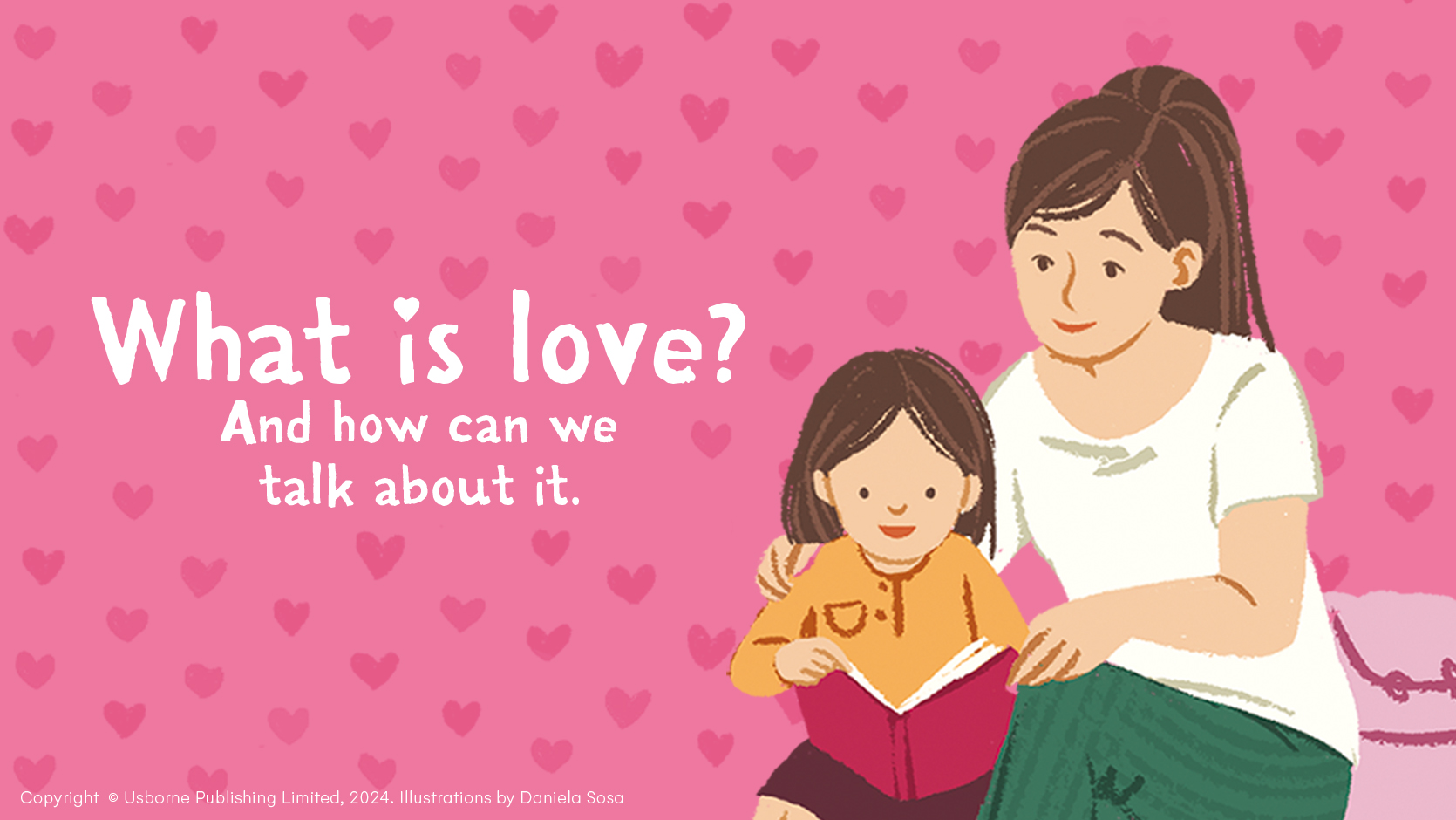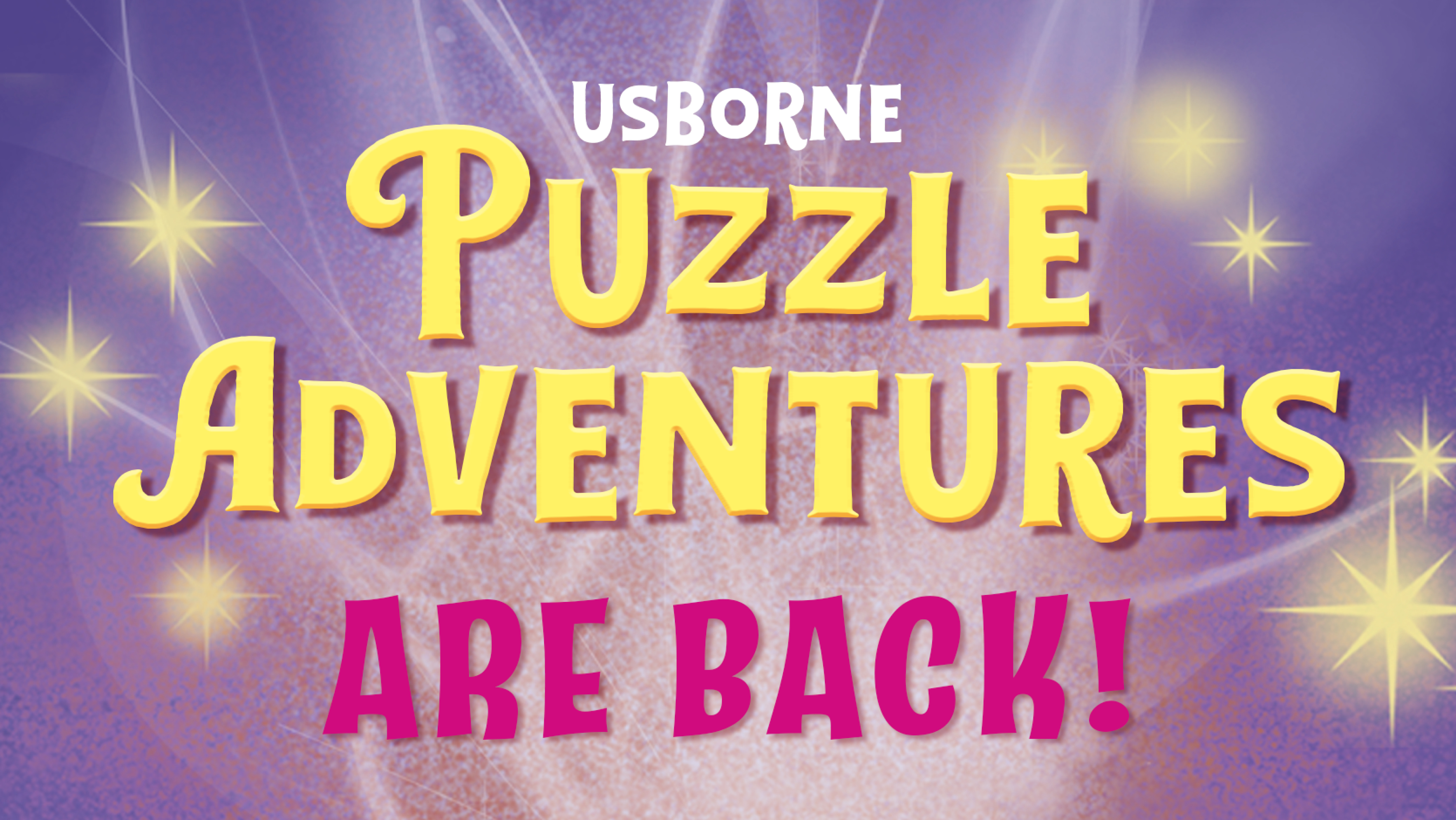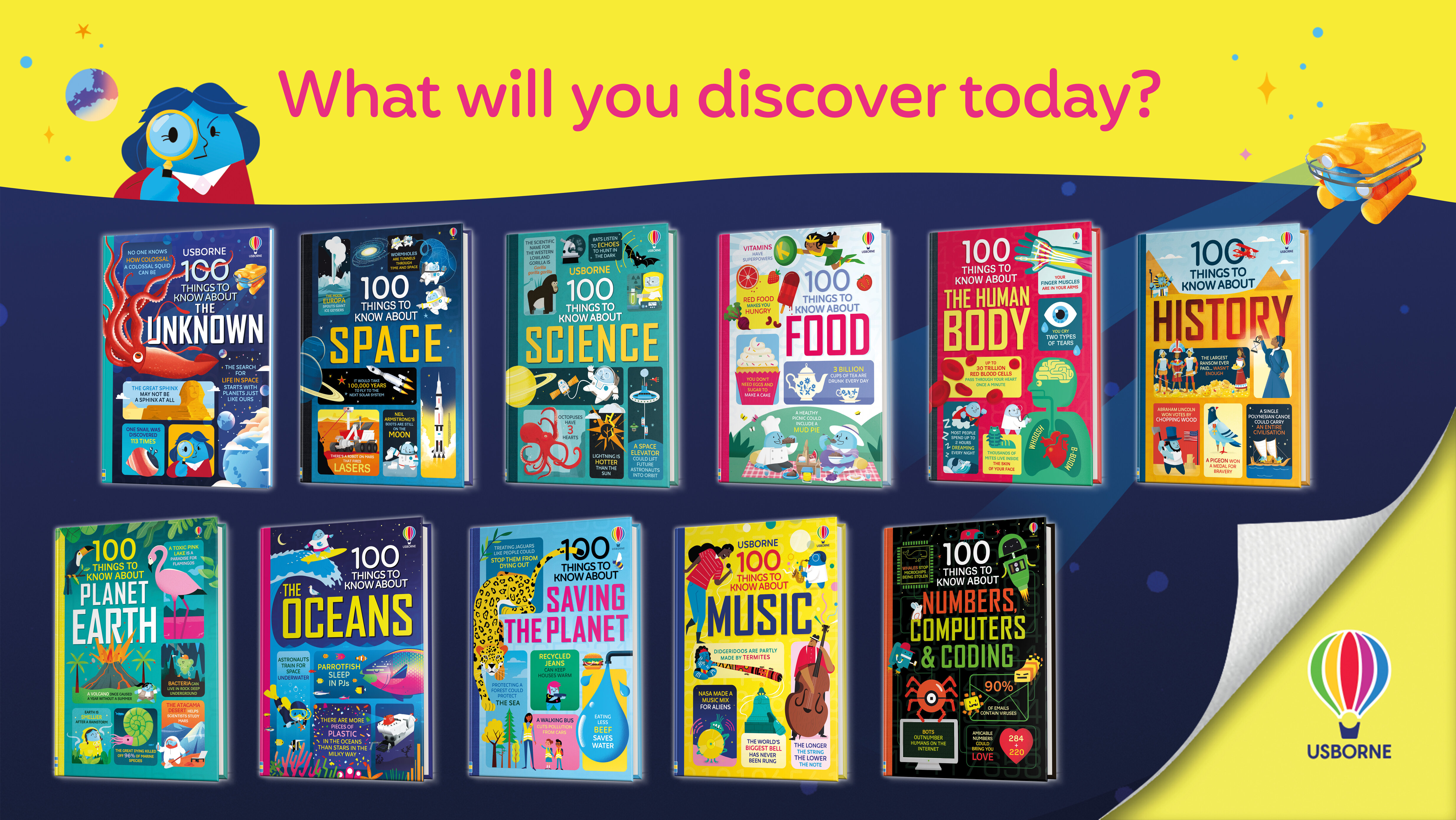- Behind the scenes at Usborne
The role of sensitivity readers

Stephanie King, Usborne Commissioning Fiction Editor, describes how we check the facts in our books and also ensure that emotional and psychological challenges are dealt with accurately and sensitively. This blog post contains spoilers for William Hussey’s Hideous Beauty.
At Usborne we take our duty of care to young readers very seriously. All of our books are meticulously researched and fact-checked, with our non-fiction teams enlisting the help of experts in subjects as varied as paleontology, astronautics, architectural engineering, climate science and cartography. In this way, we ensure every Usborne book provides readers with the most accurate and up-to-date content across our large and diverse list of award-winning publishing.
It probably won’t surprise you that the same diligence is applied to our fiction. I have consulted an Egyptologist while editing a series about ancient gods, spoke to a paediatrician about a book where a boy has a heart transplant, and chatted to an equine vet about zebra birth for a story set in a zoo. After all, if you want to sweep readers up in an engrossing story, everything needs to feel as real and alive as possible, lest anything that doesn’t ring true pulls readers out of an author’s carefully crafted world.
Crucially, this responsibility doesn’t stop with fact-checking. For example, what happens if a character in a story is going through something emotionally or psychologically challenging that the author does not have direct experience of? What if the author has written characters from a different ethnicity, nationality, class or sexual orientation that does not mirror their own? How can we be sure that it is represented in the most respectful, authentic way possible?
This is something we consider carefully across all our fiction titles, for example, sending Mel Darbon’s Rosie Loves Jack to a teenager with Down’s Syndrome to read, and author Matt Killeen contacting a BIPOC (Black, Indigenous, People of Colour) writer to feed back on his presentation of the Black experience in Devil, Darling Spy.
Author William Hussey and I faced this question while working on his first YA book with Usborne, Hideous Beauty. The book deals with coming out and the way people’s superficial acceptance can actually be a mask for casual, insidious prejudice. William is gay and has brought a lot of his own experience to the book, as well as talking with numerous LGBTQ+ school groups about young people’s own experiences of homophobia. It has been researched thoroughly.
However, in the novel, one of the characters, El, suffers a serious assault, and although it happens off the page, El’s behaviour changes radically in the book, much to the confusion of his loved ones. The assault is also represented visually in El’s private sketchpad, and his abstract drawing is described in the book.
Intuitively, I felt the author had handled these elements with skill and care, but I knew I had to make sure. So, I enlisted the help of an expert, or to use the publishing term, a sensitivity reader. Katherine Cox is a clinical supervisor, counsellor and groupwork co-ordinator at a charity specifically geared to support those affected by the trauma suffered by El in Hideous Beauty. She read the entire manuscript, checking that William’s depiction of both the trauma and its impact on El was accurate, empathetic and responsible, bringing in her clinical expertise as well as her experience as a social worker and of working in secondary schools in the UK. In this instance, Katherine had only praise for William’s work, but with her support, I wanted to see if we could make the book even better.
The ending of Hideous Beauty is ultimately uplifting, but for readers who have suffered a similar trauma to El, or for those who might be concerned that someone they know has, we realised it could be a very difficult read emotionally. Usborne Senior Marketing Executive, Stevie Hopwood, worked closely with librarians to ensure our trigger warning on the book’s cover and in the prelims was as effective as possible, so that readers were all fully aware of the contents of the book.
However, now that I had Katherine’s invaluable help and support, I wanted to go one step further, and so I asked her to write a letter to readers too. It provides a moving and supportive coda to the book, drawing on Katherine’s experience, addressing the fears and concerns she knows to be common amongst survivors of abuse which reading the book may have raised. She also lists up-to-date information for readers on international charities and organisations where they can seek further help and advice. In doing this, I really hope the book will educate all of its teen readers, whilst offering support to those directly affected by the issues raised in the book and empower them to ask for help.
When dealing with difficult or complicated topics, I believe the best writers are comfortable acknowledging their blind spots or lack of knowledge and will happily enlist the skills of experts to ensure their writing is as strong as it can possibly be. As William’s editor it gives me a huge amount of joy to see the book receive the praise it deserves, and to see readers appreciate the care and thought we have put into publishing a book which deals with tough issues facing teens today.







